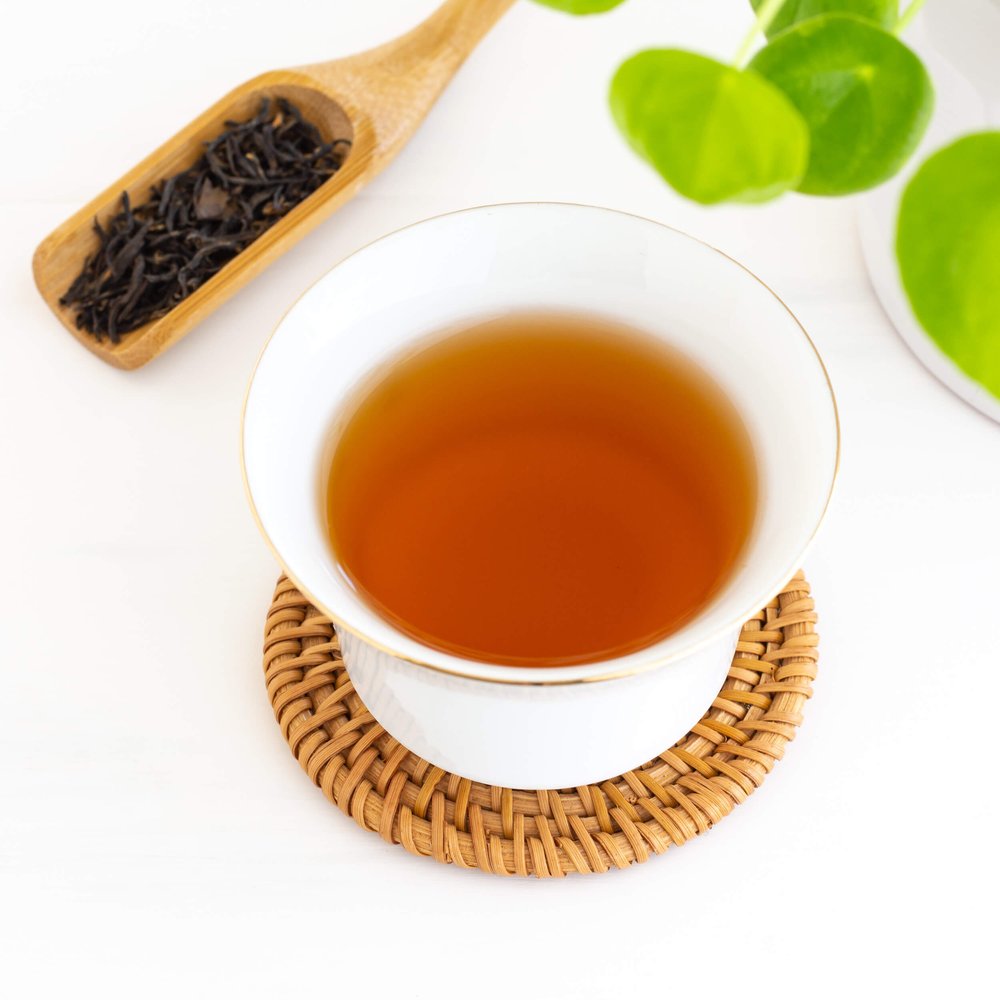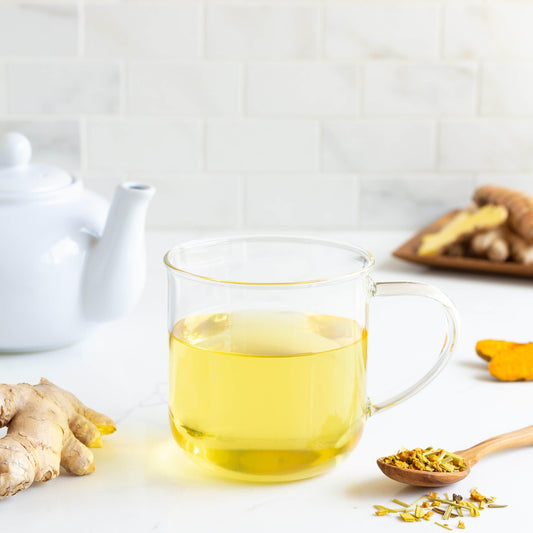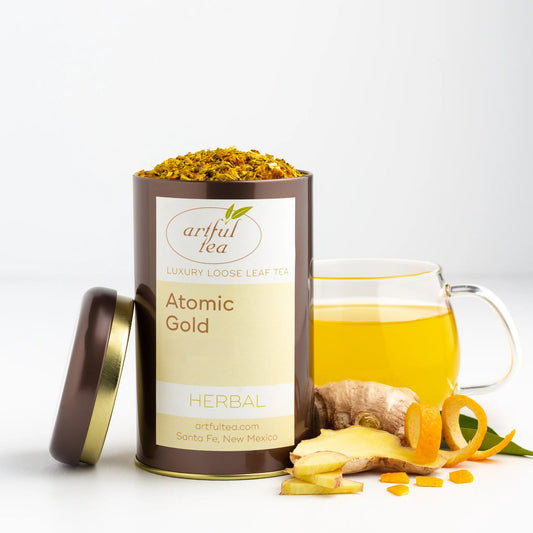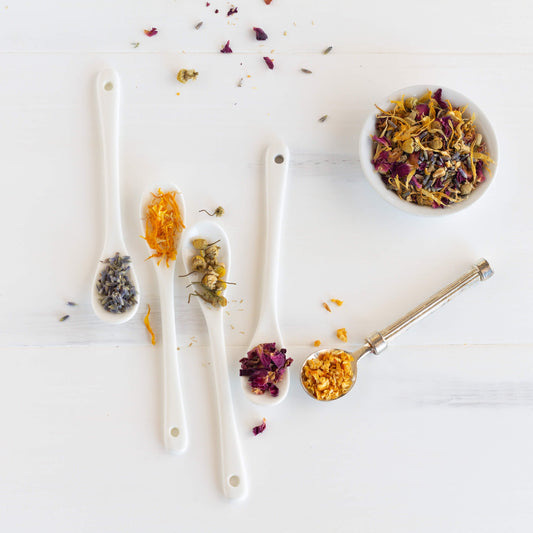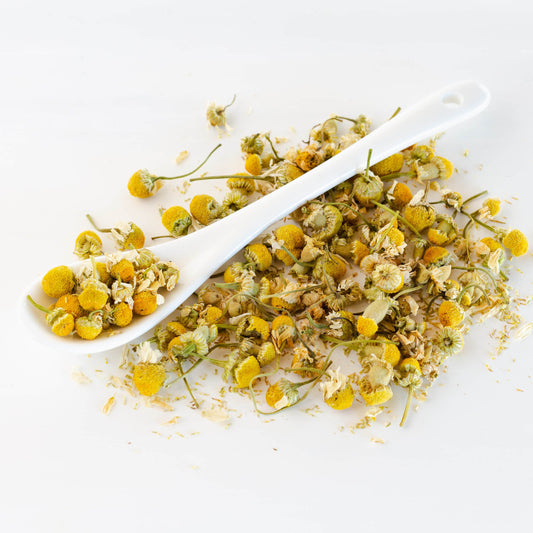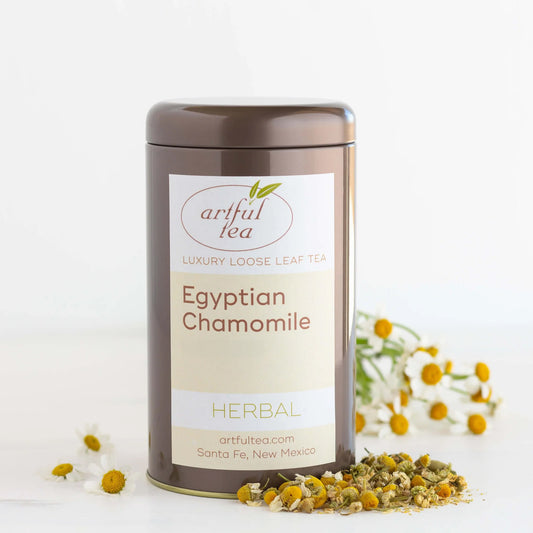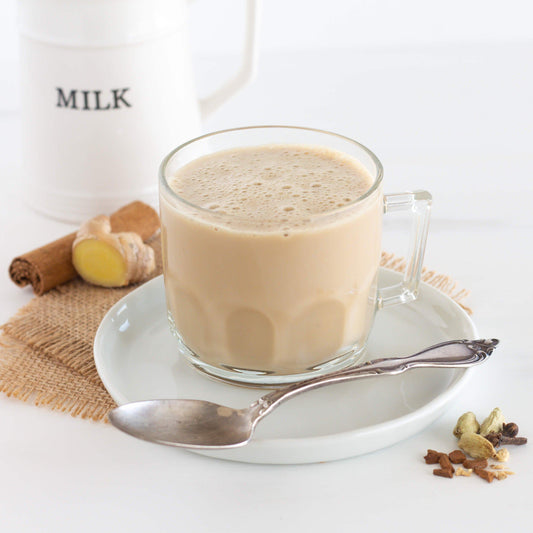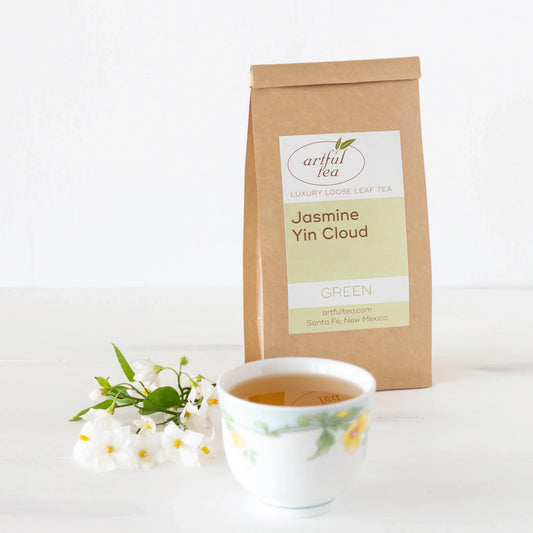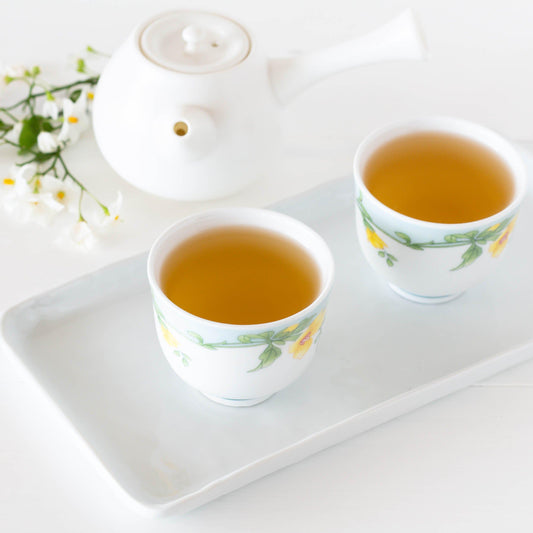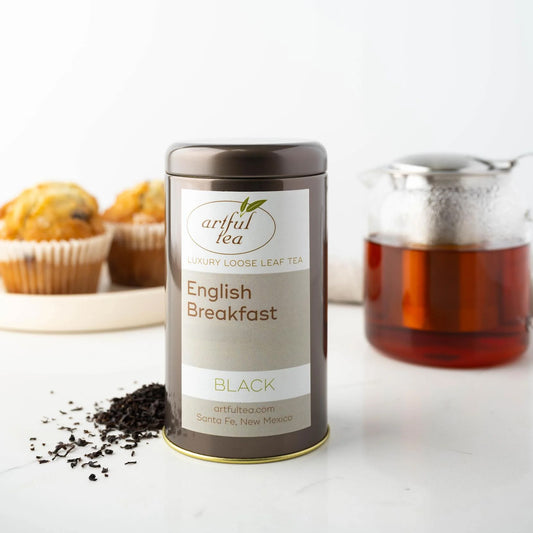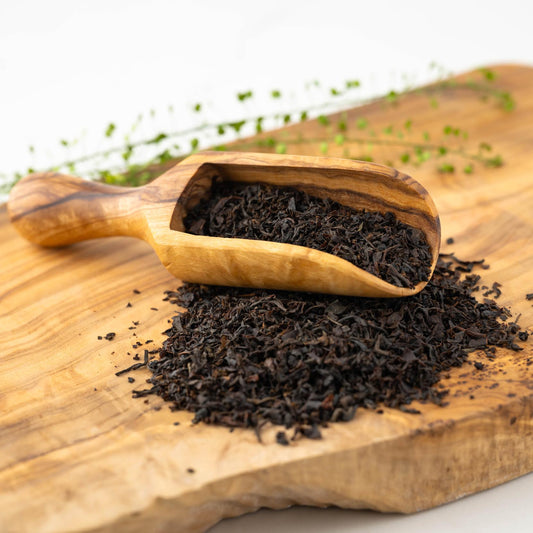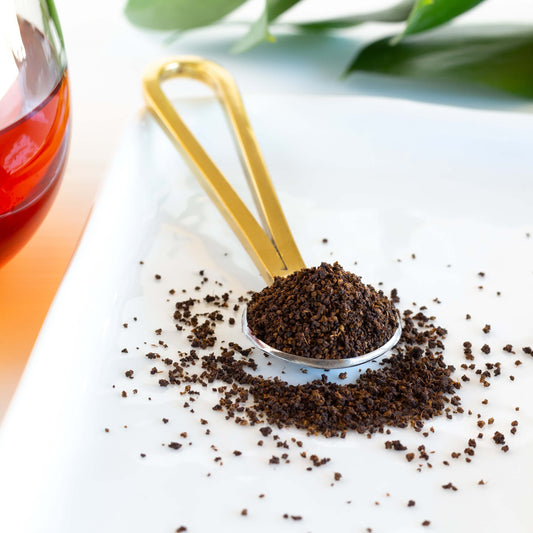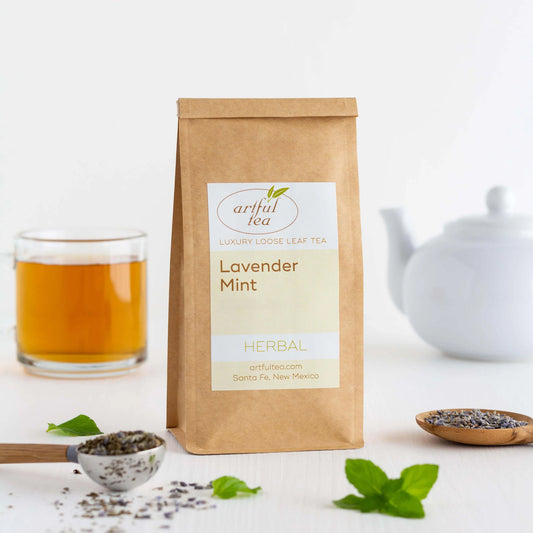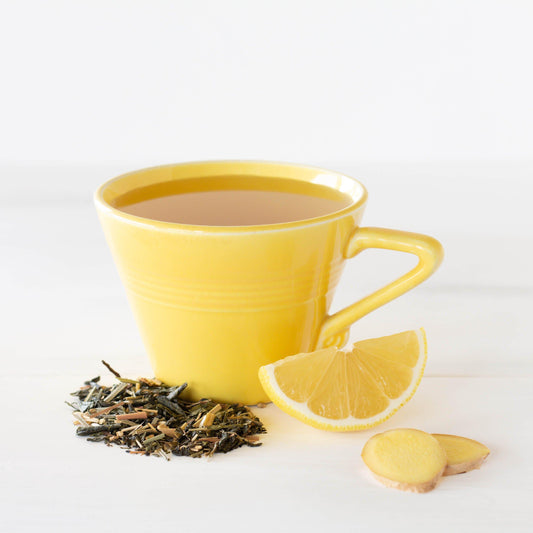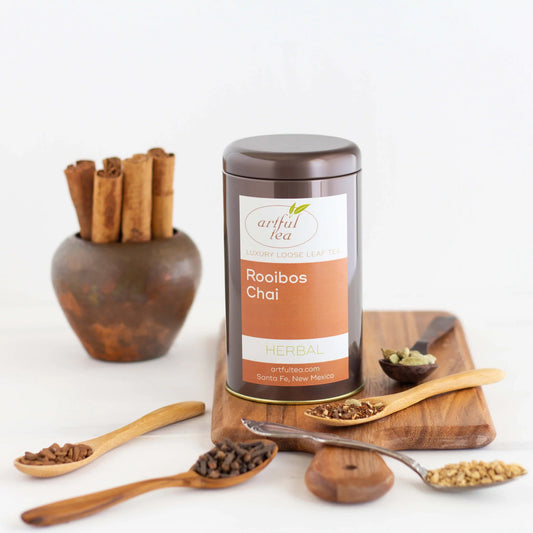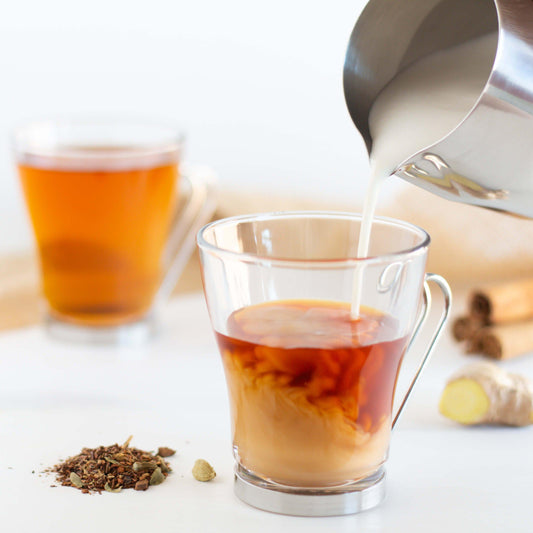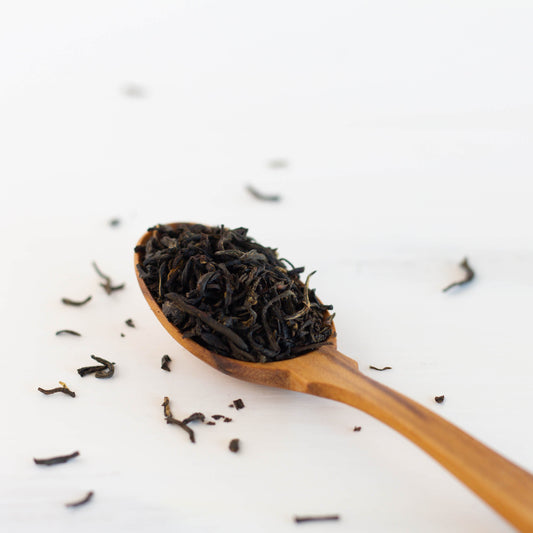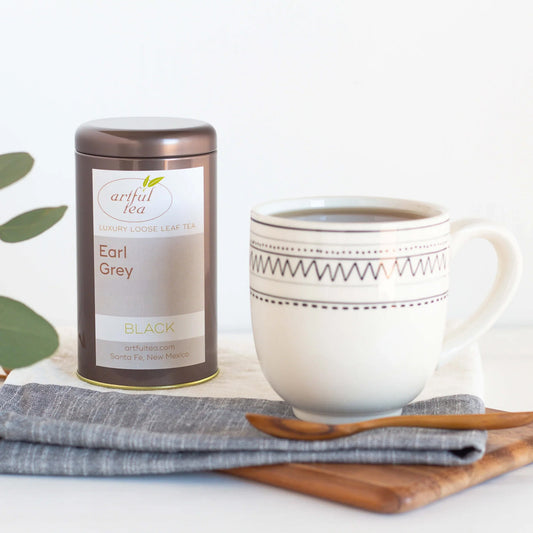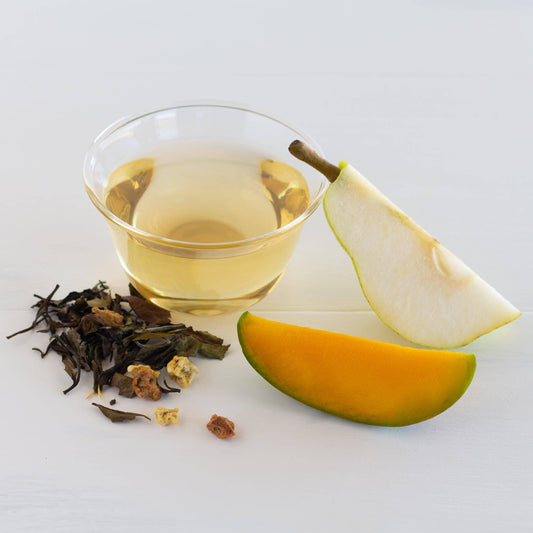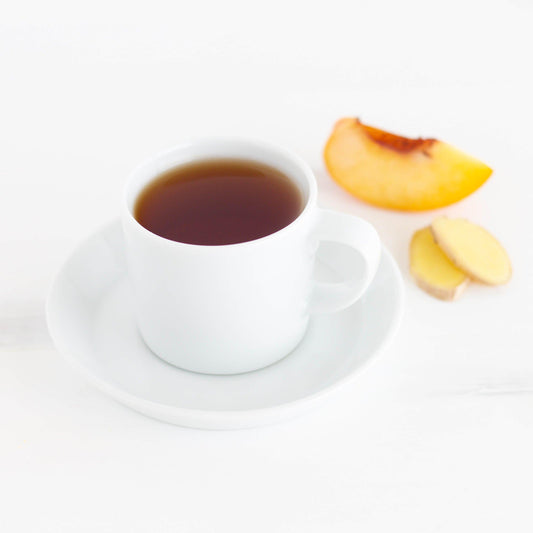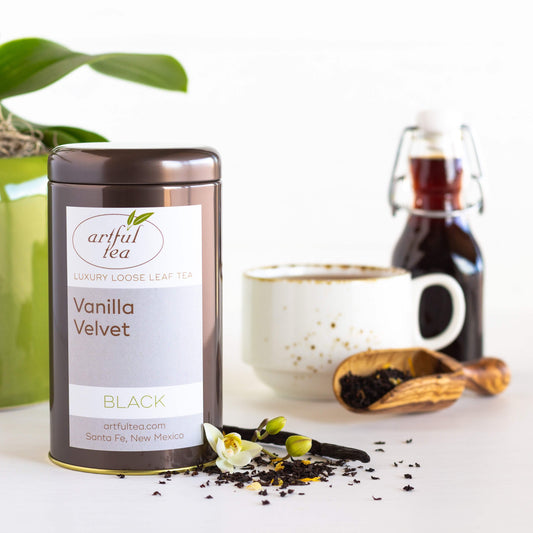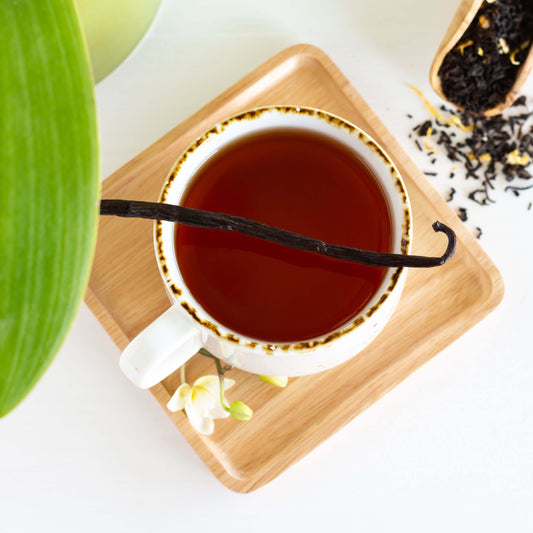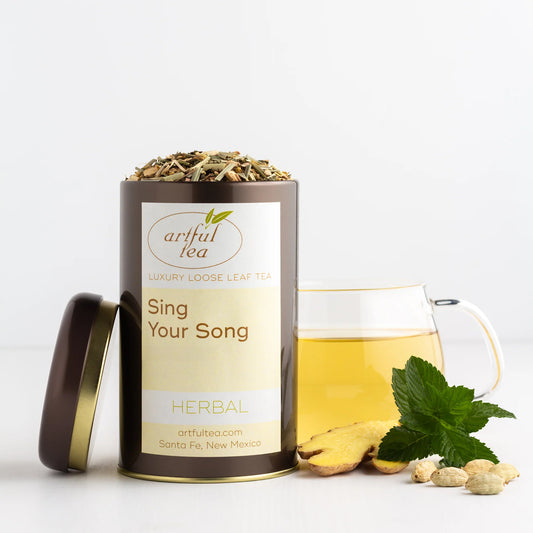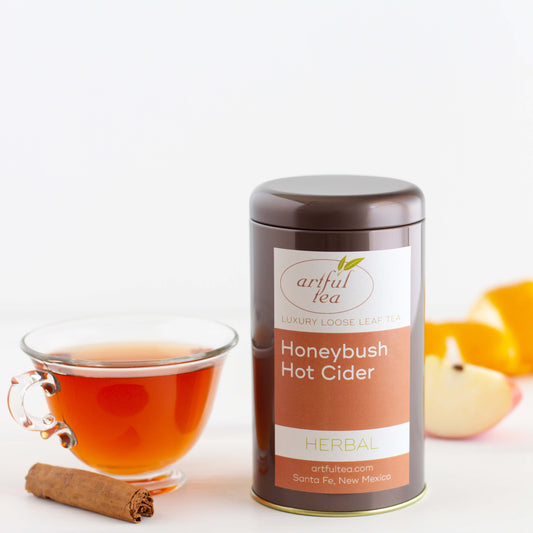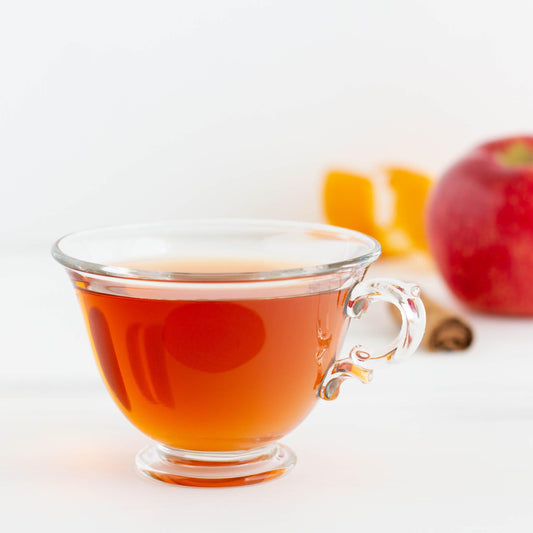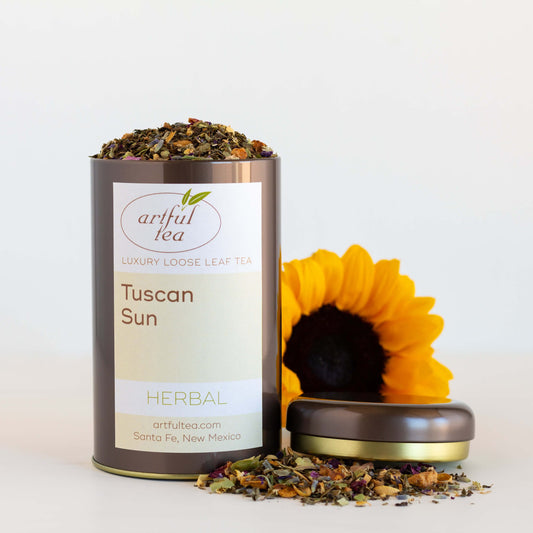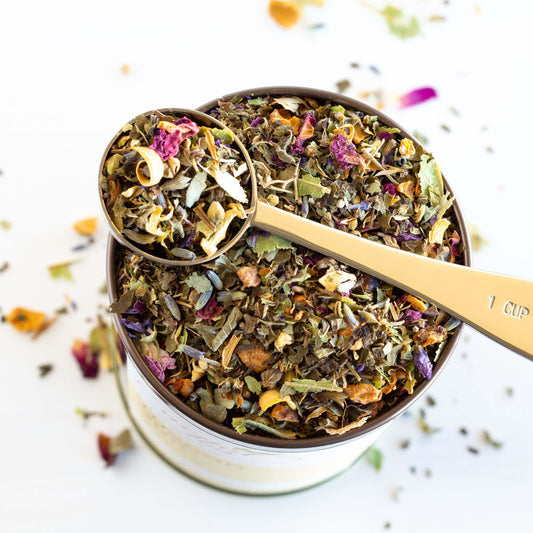Can You Reuse Tea Leaves? A Guide to Multiple Infusions
After you’ve brewed a pot or cup of tea, it can feel wasteful to simply dump your leaves and start again. The good news is that many teas can be steeped multiple times! While loose leaf tea is an affordable luxury, you can probably stretch your tea much further than you think. Whether you just want to make the most of your tea or are curious about how tea changes with each infusion, steeping your tea multiple times can be a great way to explore new flavors and characteristics of your favorite teas.

Methods for reusing tea leaves
Whether you just want to make the most of your tea or are curious about how tea changes with each infusion, steeping your tea multiple times can be a great way to explore new flavors and characteristics of your favorite teas. Two main methods for reusing tea leaves include the traditional gongfucha method, and a western method of reinfusing tea leaves.
Gongfucha: a traditional Chinese method for multiple infusions
Gongfucha is a tea ceremony practiced in China and in other Asian countries, and is designed to maximize the flavor and aesthetic experience of drinking a cup of tea over multiple infusions. Gong Fu Cha is translated as “making tea with great skill” - a practice that allows you to focus on the simple process of preparing tea and elevate it to an art.
To brew tea using the gongfucha method, you’ll need a small-sized teapot. These pots may be made out of yixing clay, which develops a patina over time, or they may be made out of porcelain or ceramic. They often come with two or more small cups to pour your tea into. Depending on the size of your pot and the size of your tea leaves, use somewhere between half a teaspoon and two teaspoons of tea leaves. Heat your water and infuse your tea leaves for only a few seconds, then pour your tea into the small cups. Repeat this process, infusing the tea leaves for 10-15 seconds at a time before pouring the tea.
By preparing tea using this method, you can get four or five (or more!) infusions from your tea. Gongfucha is a meditative process that allows you to savor the subtle differences in each successive infusion of tea.
How to brew multiple infusions using western preparation methods
If you’re looking to brew a second cup or pot with the same leaves, there are a few things to take into consideration to make sure that you end up with a tasty and flavorful tea, rather than a weak or bitter cup.
Steep times
When heating your water, heat it to the same water temperature that you used for your first infusion. When timing how long to steep the leaves for, we recommend adding one to two minutes to the steep time for each successive infusion. Every tea responds differently to multiple infusions, and different people have different preferences for how strong they like their tea! Try experimenting with different steep times and multiple infusions to find what works best for you. There are often subtle differences in flavor with each successive infusion, and some teas can even be infused four or five times!
Cups, pots, and more
If you’re looking to steep your tea more than once, you can usually use the same pot or cup you used for the first infusion. Teapots with built-in infusers are a great choice to brew loose leaf tea in, as are infusers and filters that you can set right in a cup. In most cases, it’s easiest to manage multiple infusions if you use an infuser or filter. This means that you can set the tea leaves aside on a dish or saucer, then reuse them again when you’re ready for another cup of tea.
How many times can you steep loose leaf tea?
Depending on what method of infusion you use, you can steep tea leaves about five to ten times. Using a traditional western preparation method, you can infuse many types of tea at least two to three times.
The best teas for multiple infusions
While you can infuse any tea multiple times, some teas hold up better after multiple steeps than others. In general, we recommend black, green, oolong, and pu-erh teas for multiple infusions. But if you’re curious about what a second steeping might taste like for another tea, feel free to experiment! Here at ArtfulTea, we’re of the firm belief that any cup of tea is a good cup as long as you enjoy drinking it.
Oolong Teas
Oolong teas are often specially designed to be infused multiple times, with the tightly-rolled leaves continuing to unfurl the longer you steep them for. Oolong teas can be infused many times without losing flavor, and become mellower and more floral over time. We recommend the Milk Oolong and Jade Song Oolong for a classic, unflavored tea that you can infuse many times over. For a flavored cup, we enjoy the Ginseng Oolong for a beautiful oolong tea with a touch of sweetness and spice.
Green Teas
If you’re looking to infuse a green tea multiple times, we recommend Japanese green teas. Sencha can be infused two to three times before loosing its characteristic grassy flavor. For green tea with a traditional twist, try the Genmaicha, a Japanese green tea with toasted rice kernels and rich, nutty flavor.
Pu-erh Teas
Pu-erh teas are aged and fermented for several years, resulting in a deep, dark colored brew with a rich, intoxicating flavor. Pu-erh teas can be steeped many times without losing their flavor. For a classic, unflavored cup, we recommend the Leaf Pu-erh, which has been aged for three years. If you’re looking for a flavored cup, the Caramel Pu-erh is a deep, rich, and slightly sweet tea that holds up well over multiple infusions.
Black Teas
Many black teas can be infused a second time, resulting in a lighter, mellower cup. For second infusions, we recommend Indian black teas, which usually have enough heartiness to allow for a flavorful second steep. Irish Breakfast is a classic breakfast blend with a rich, malty flavor, while Assam is a robust Indian black tea that holds up well under a second infusion.
If you’re curious about infusing tea multiple times, it can be a quick and easy way to make the most out of loose leaf tea while also exploring the depth and nuance of tea flavors!
